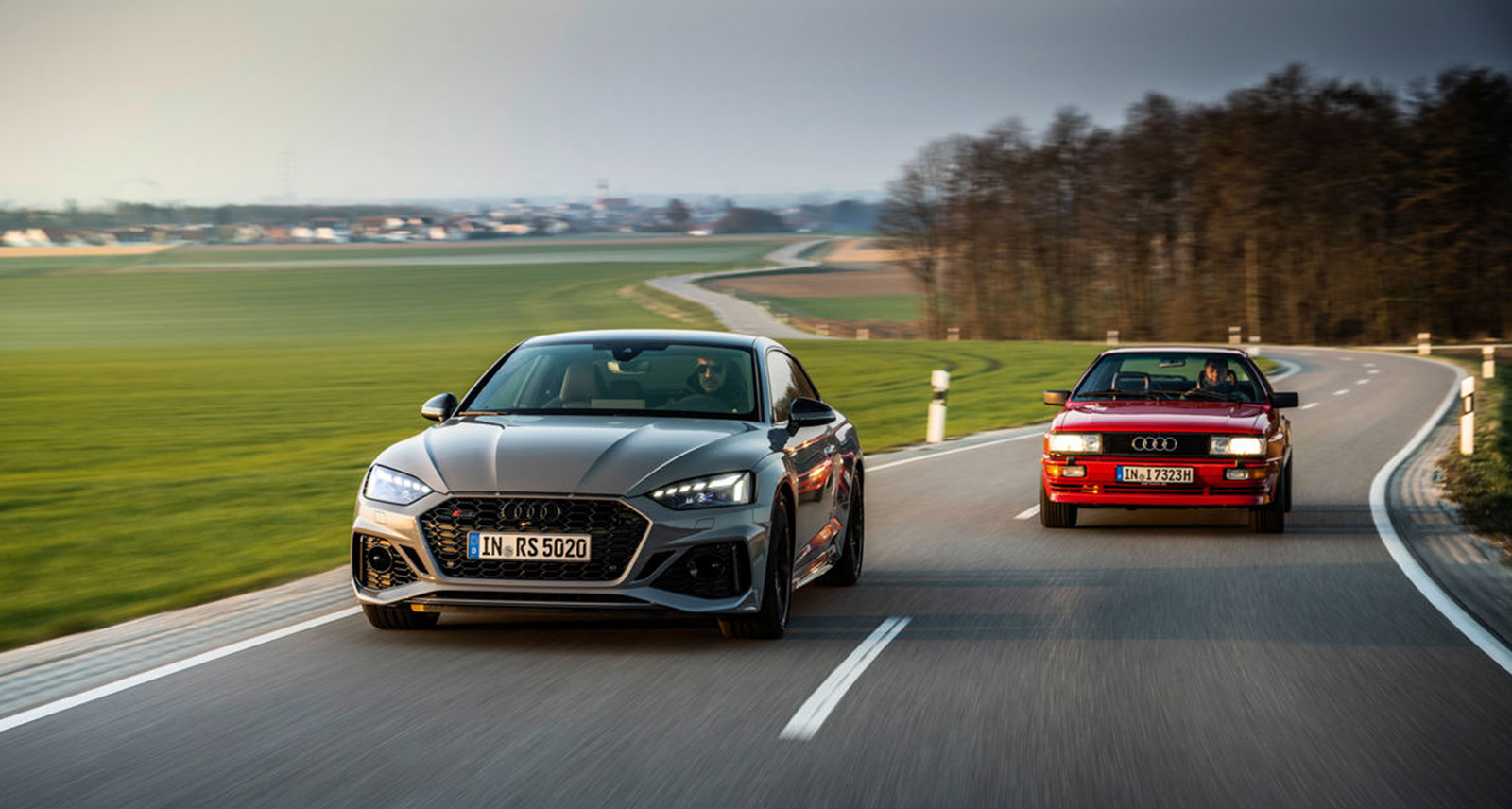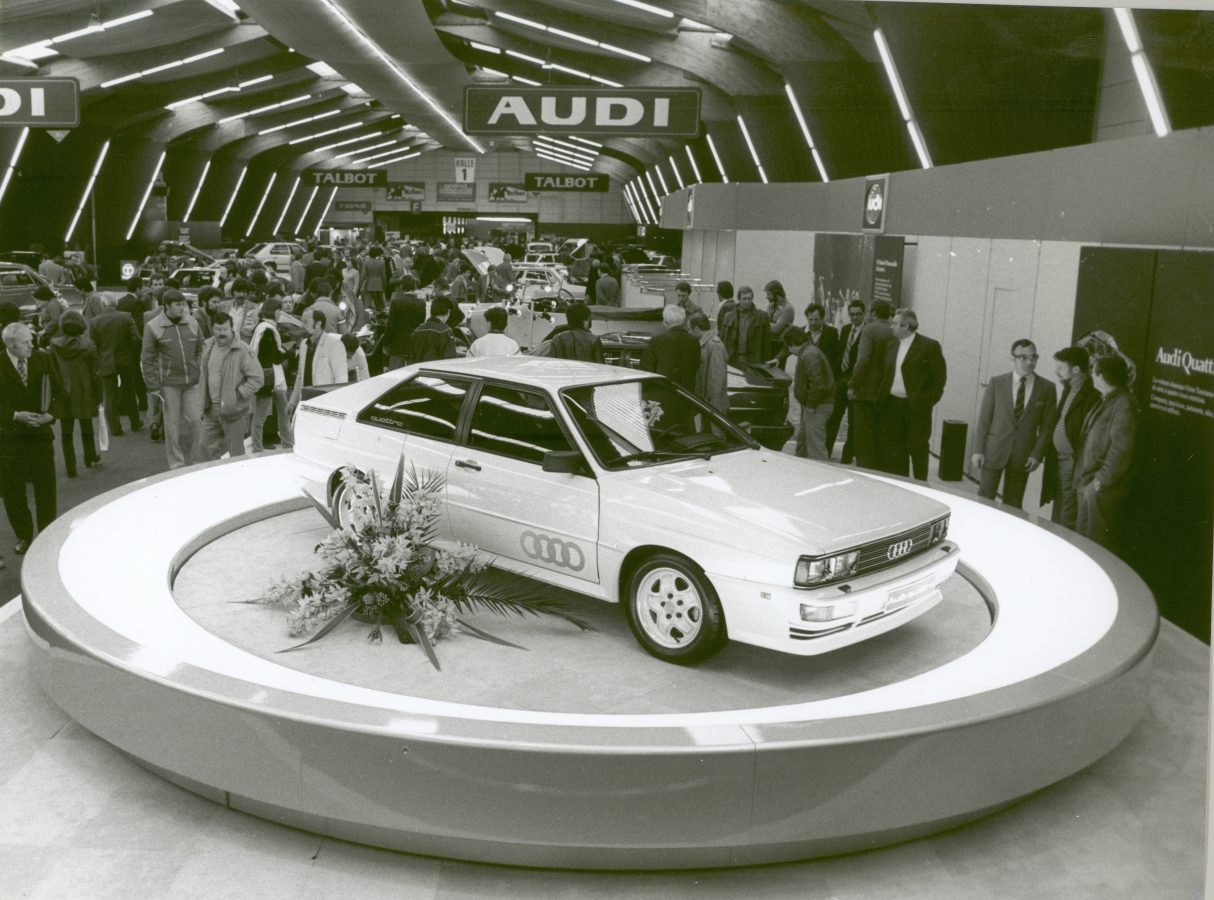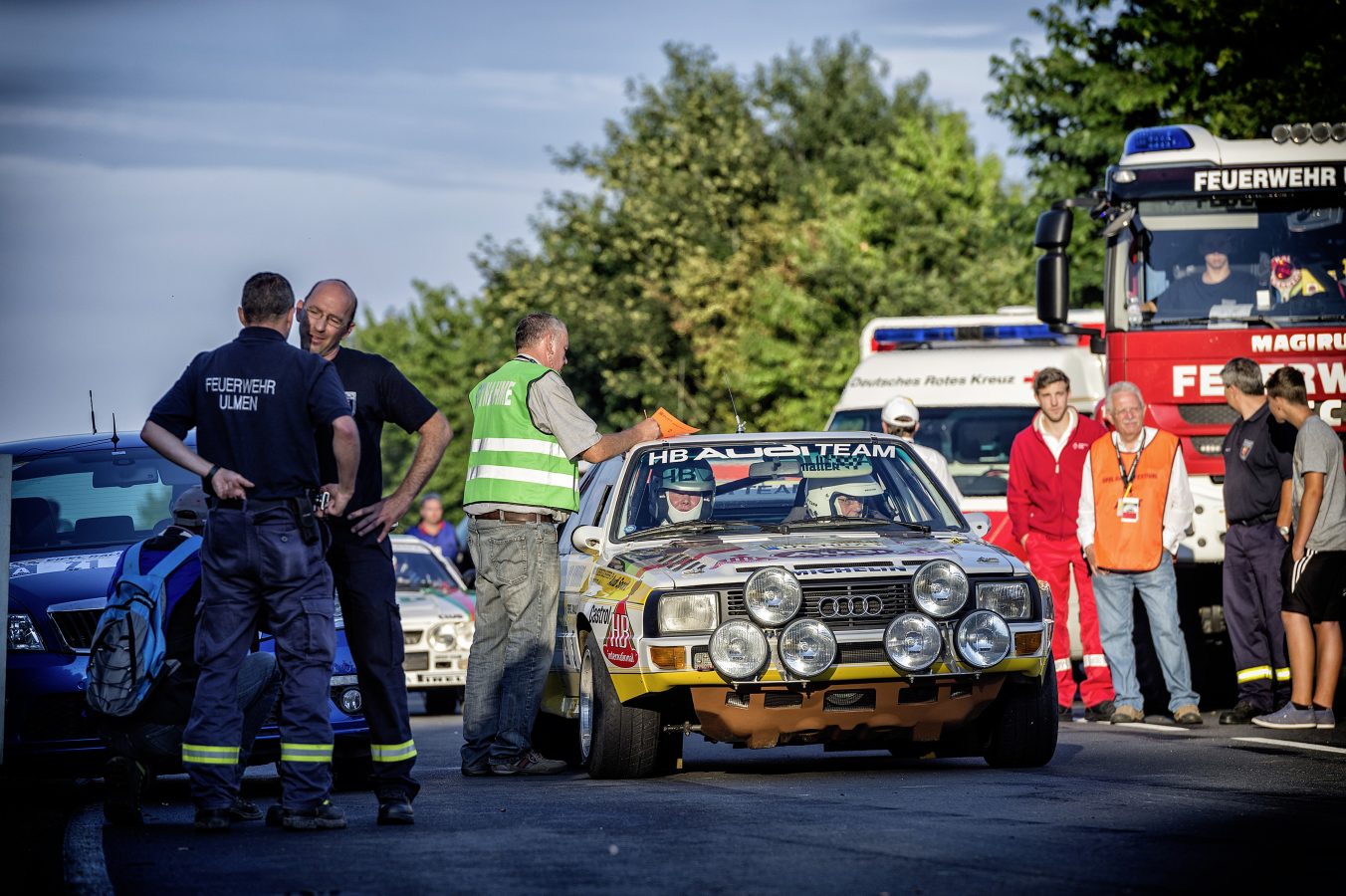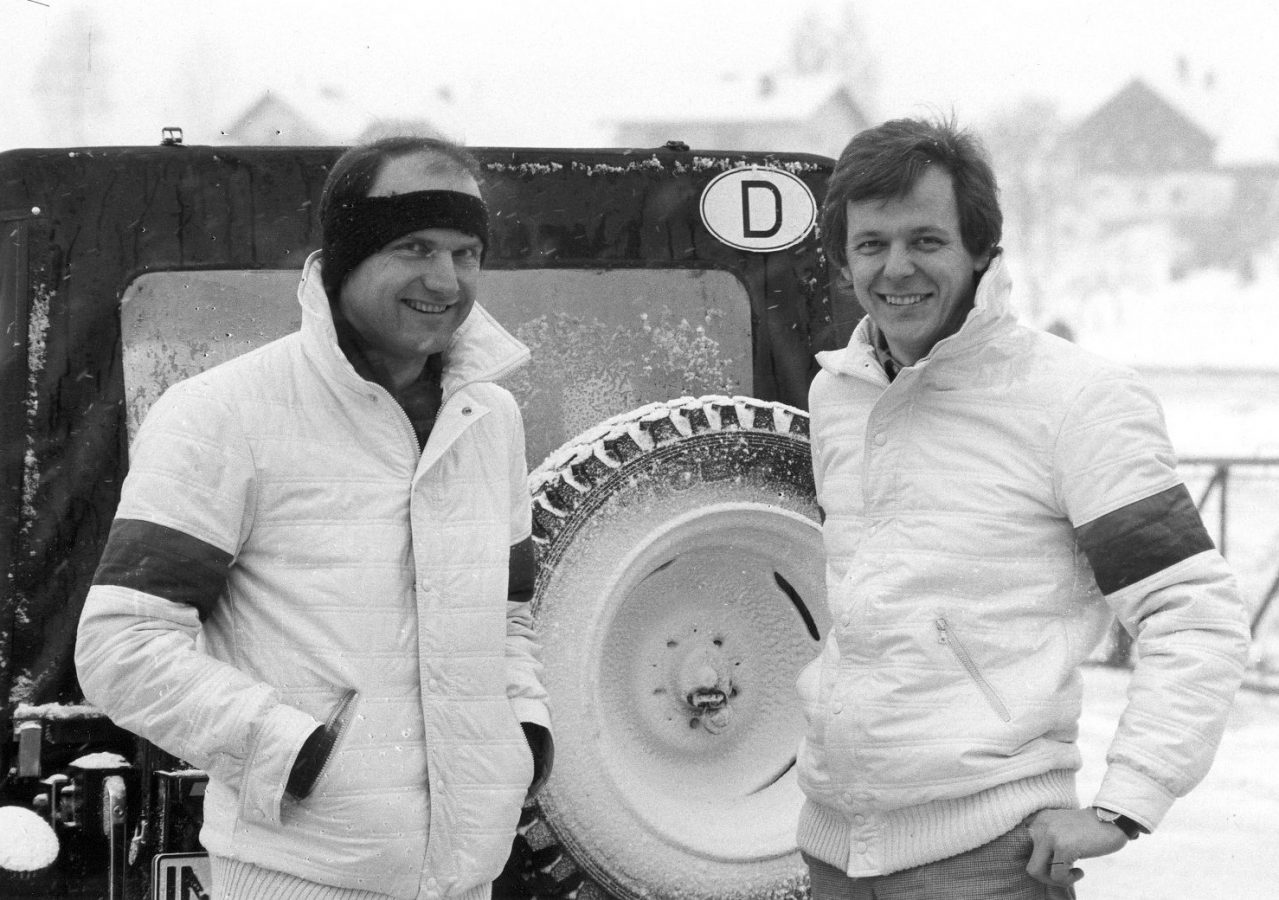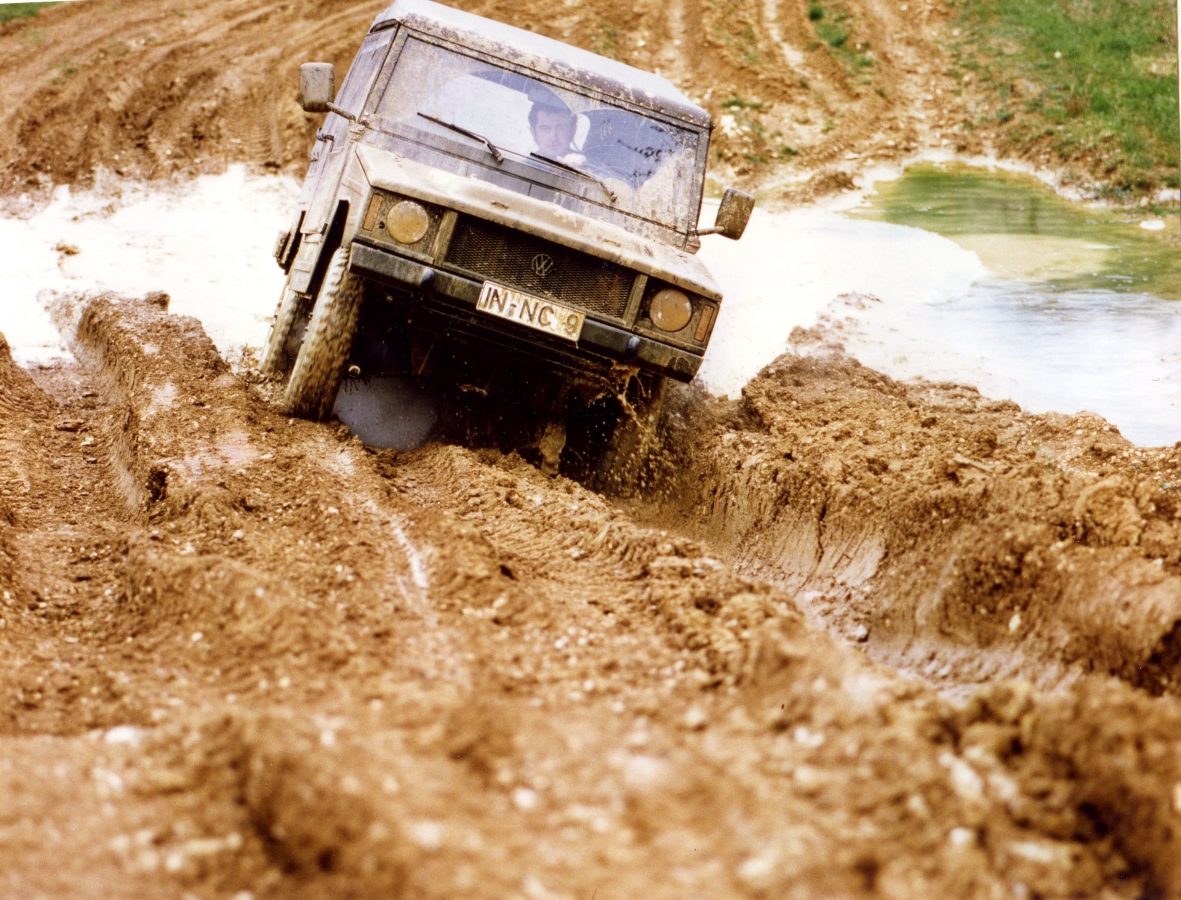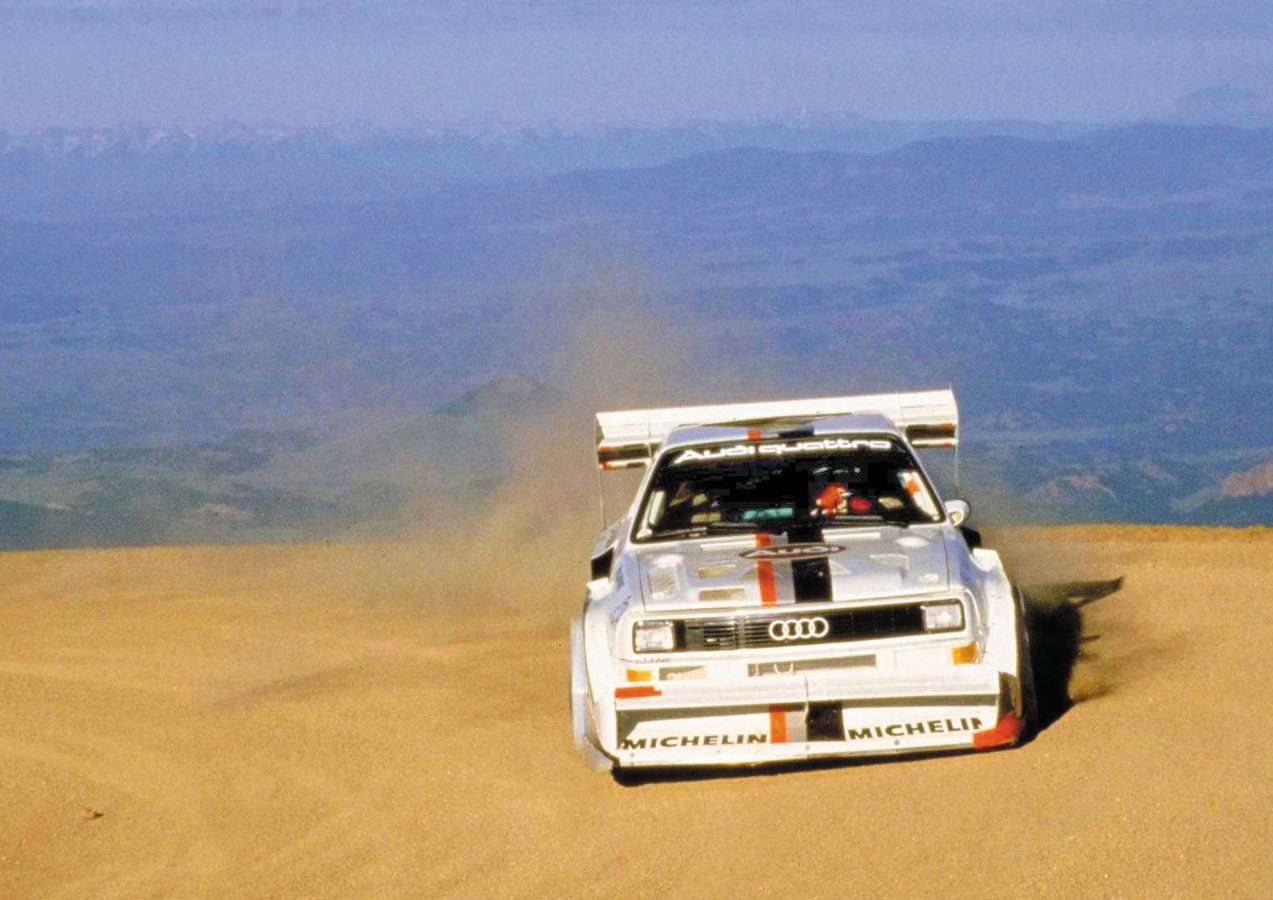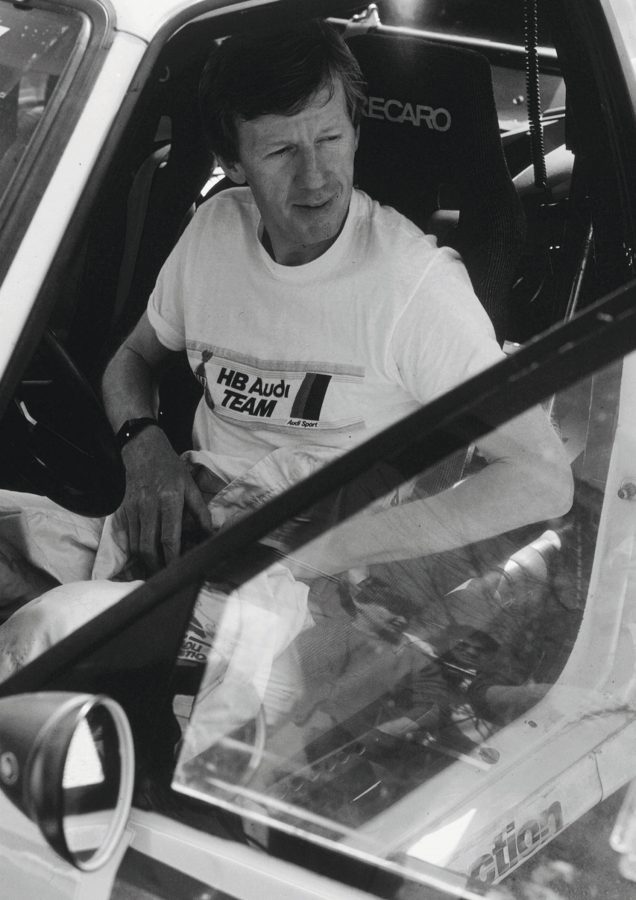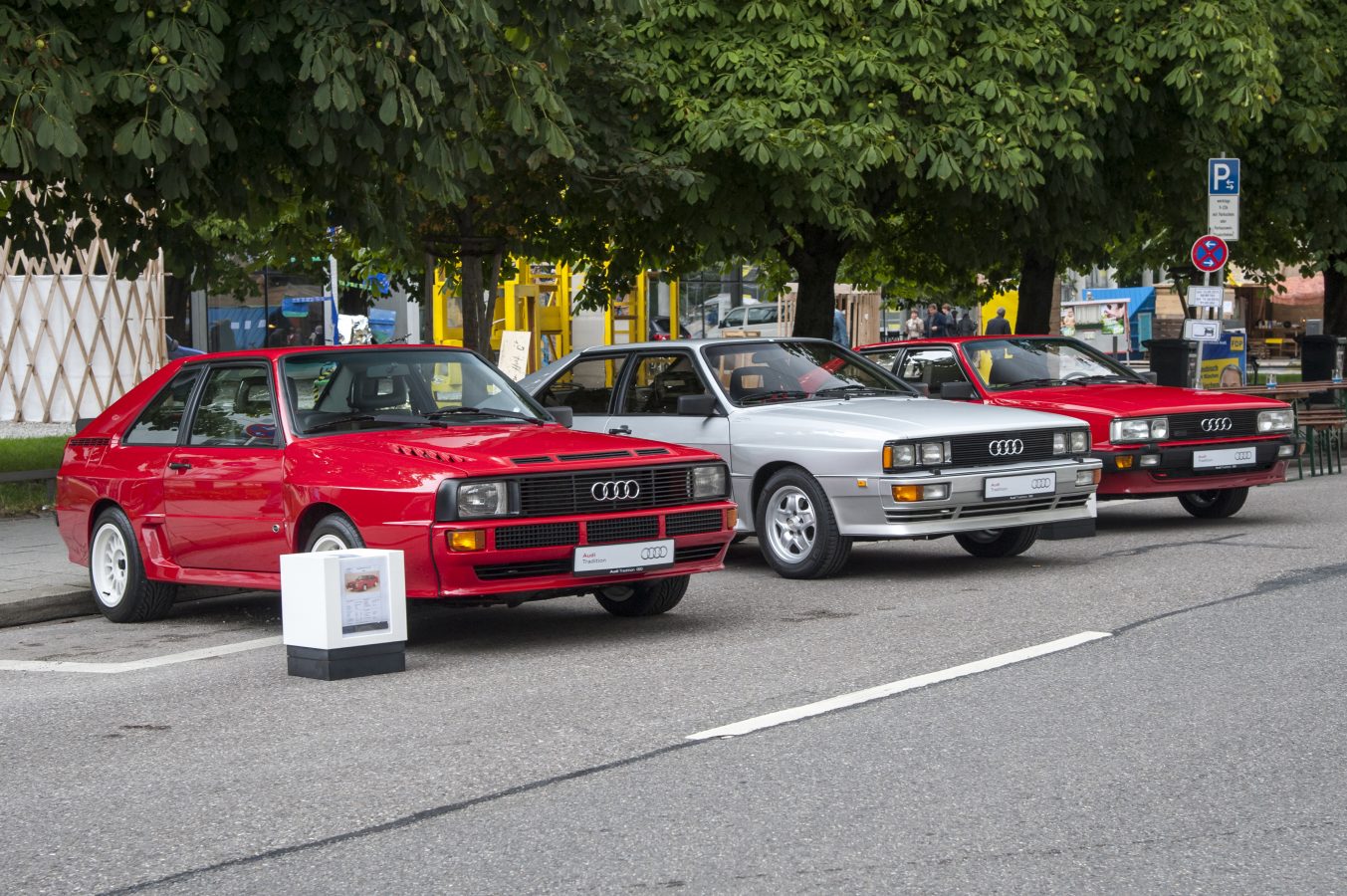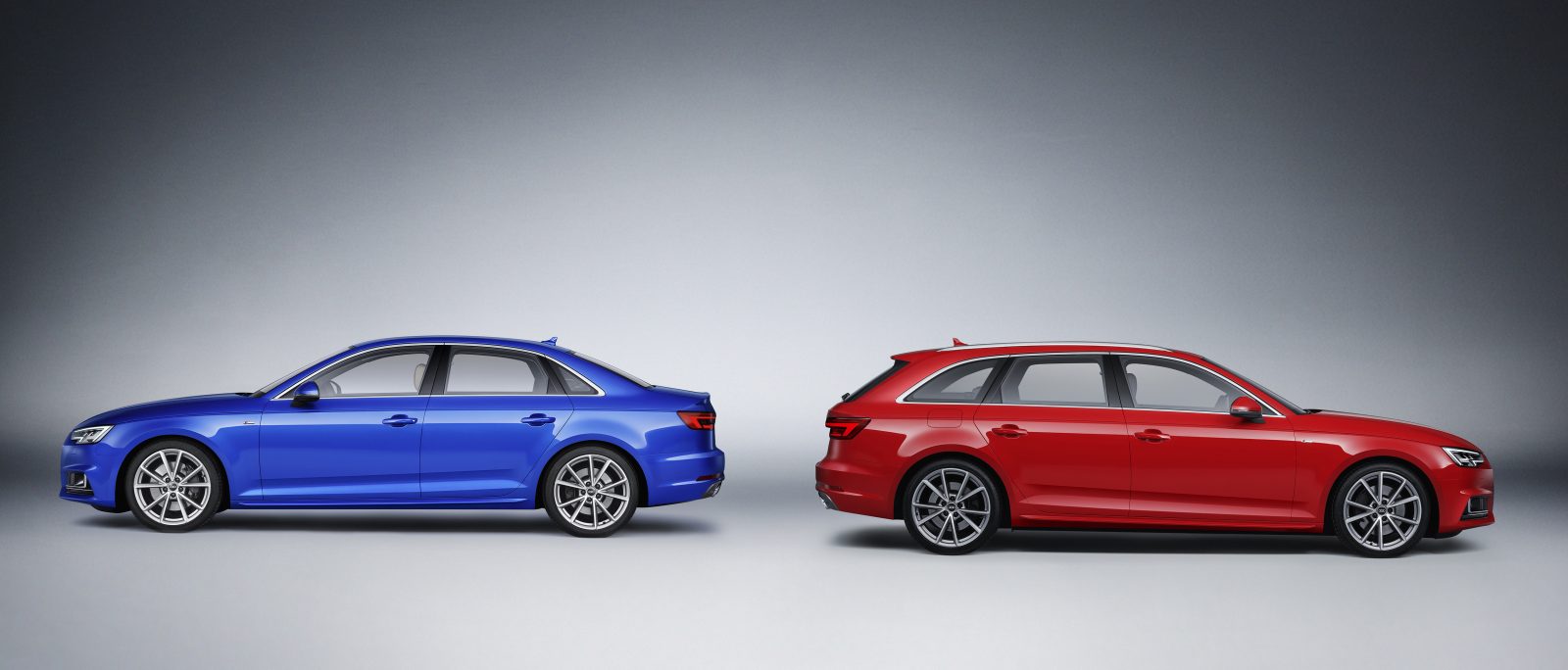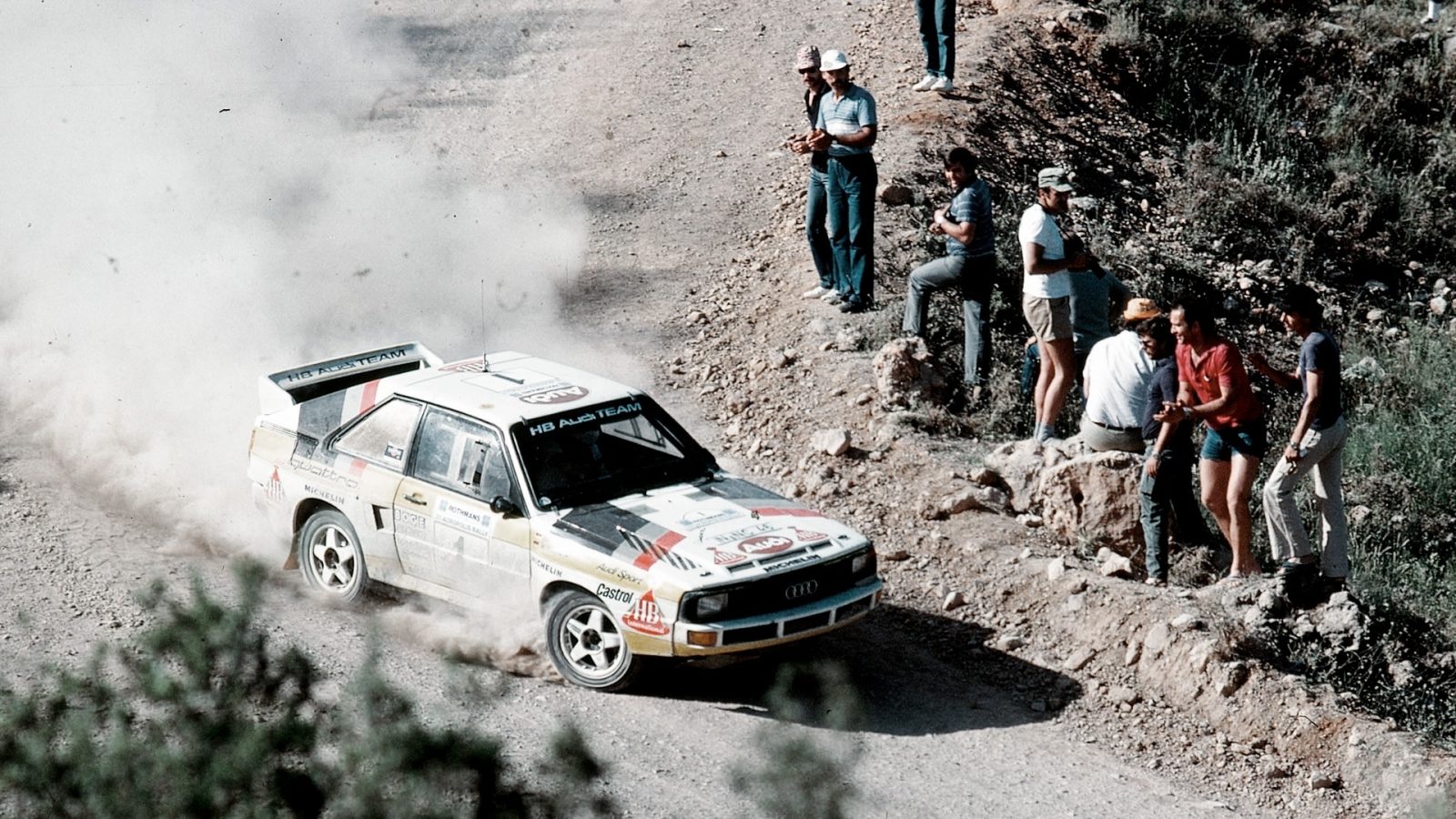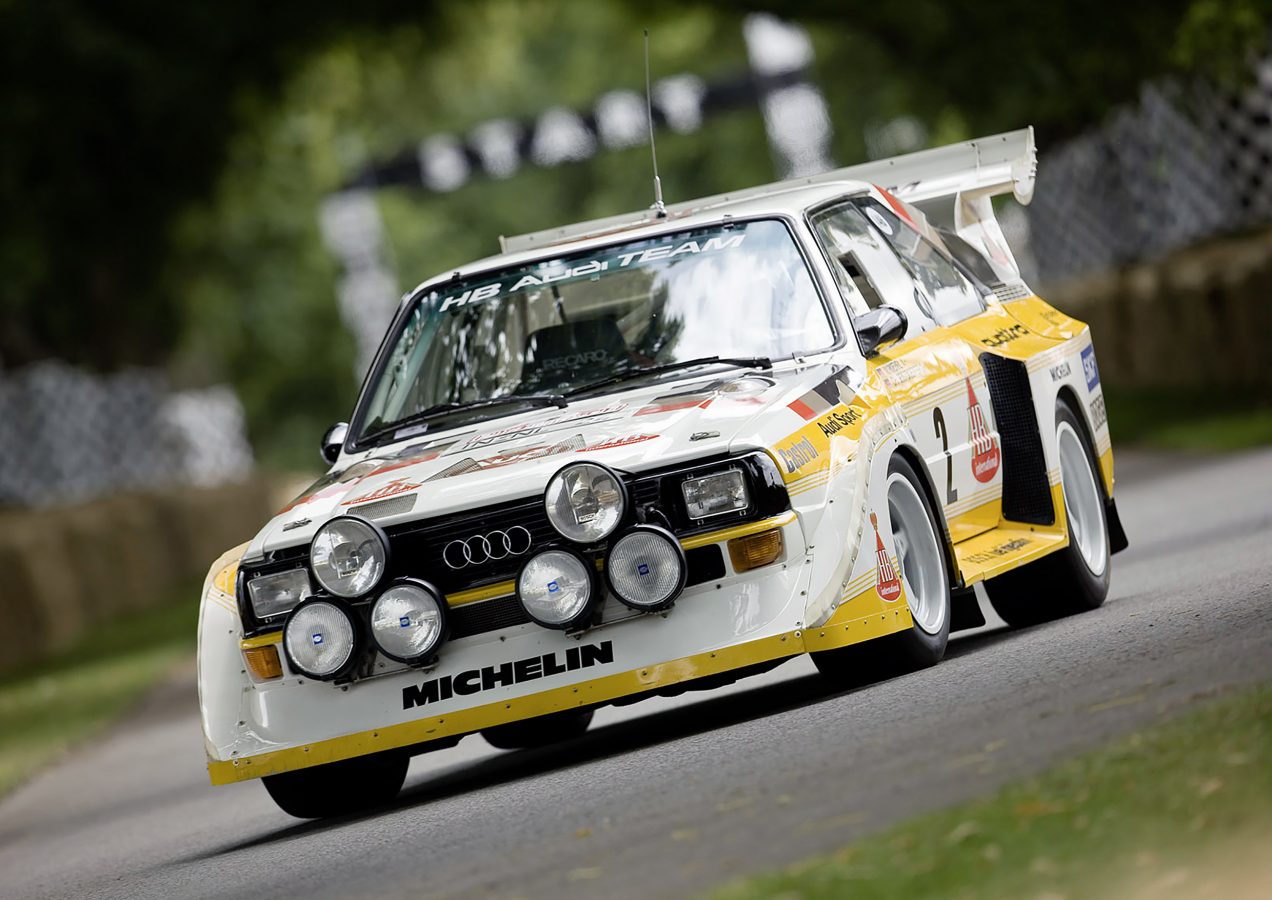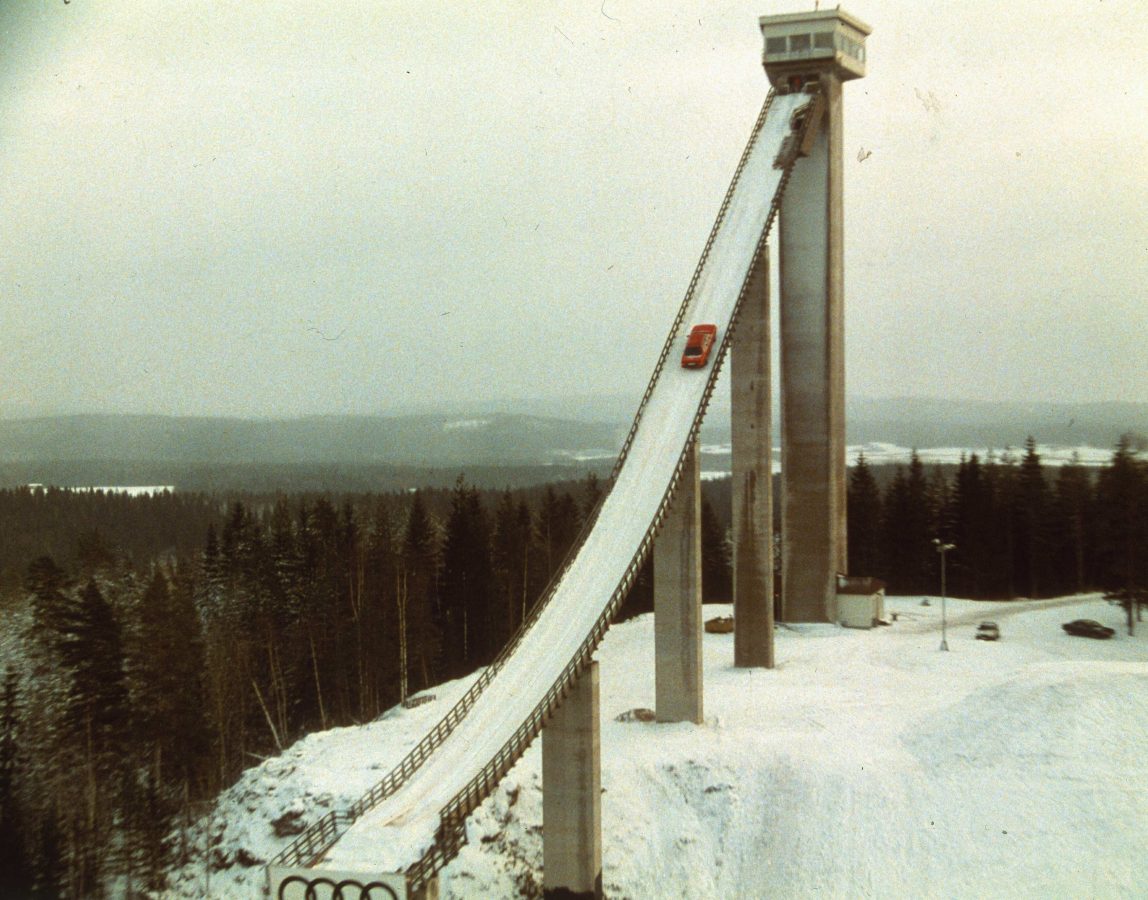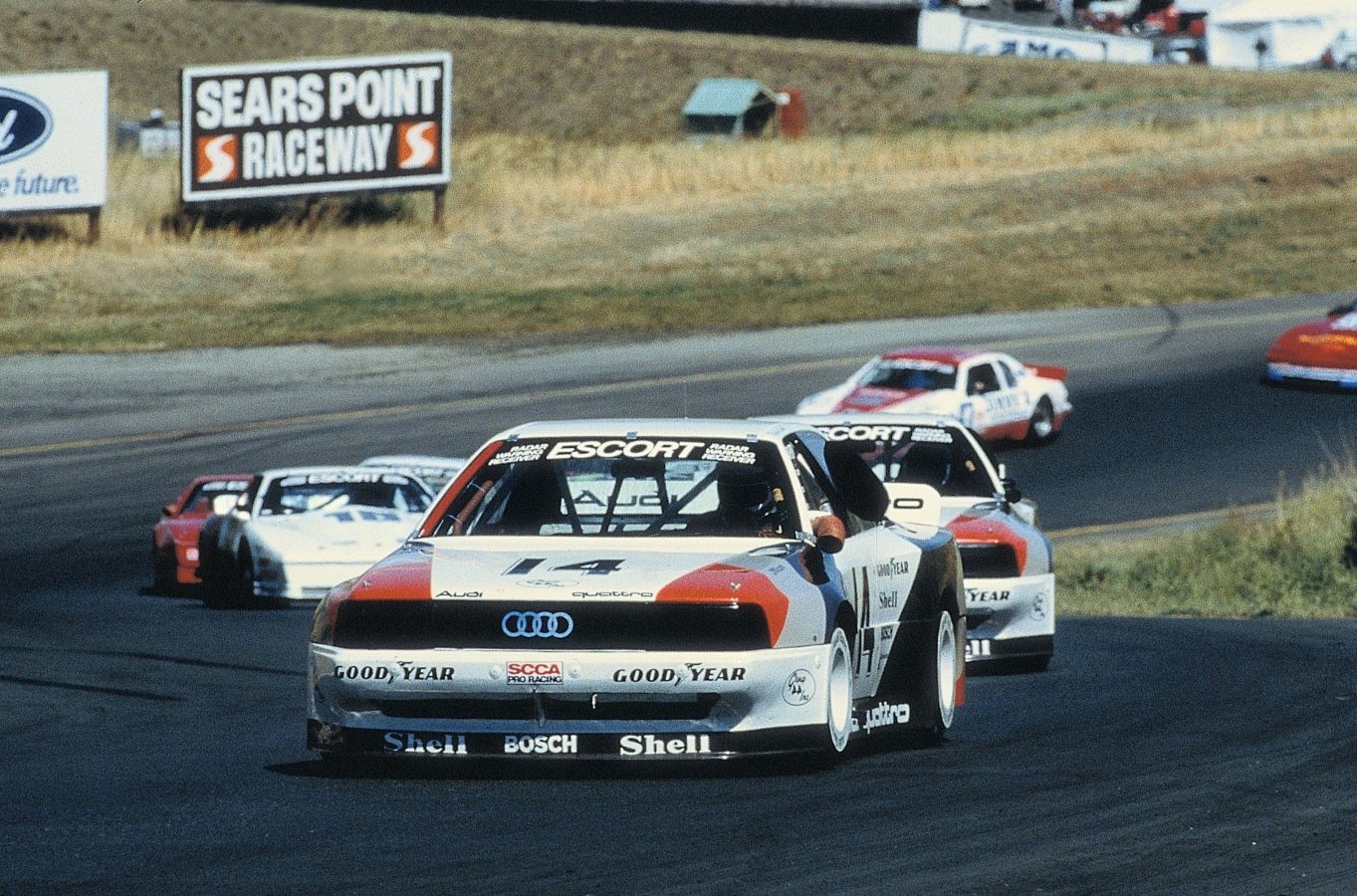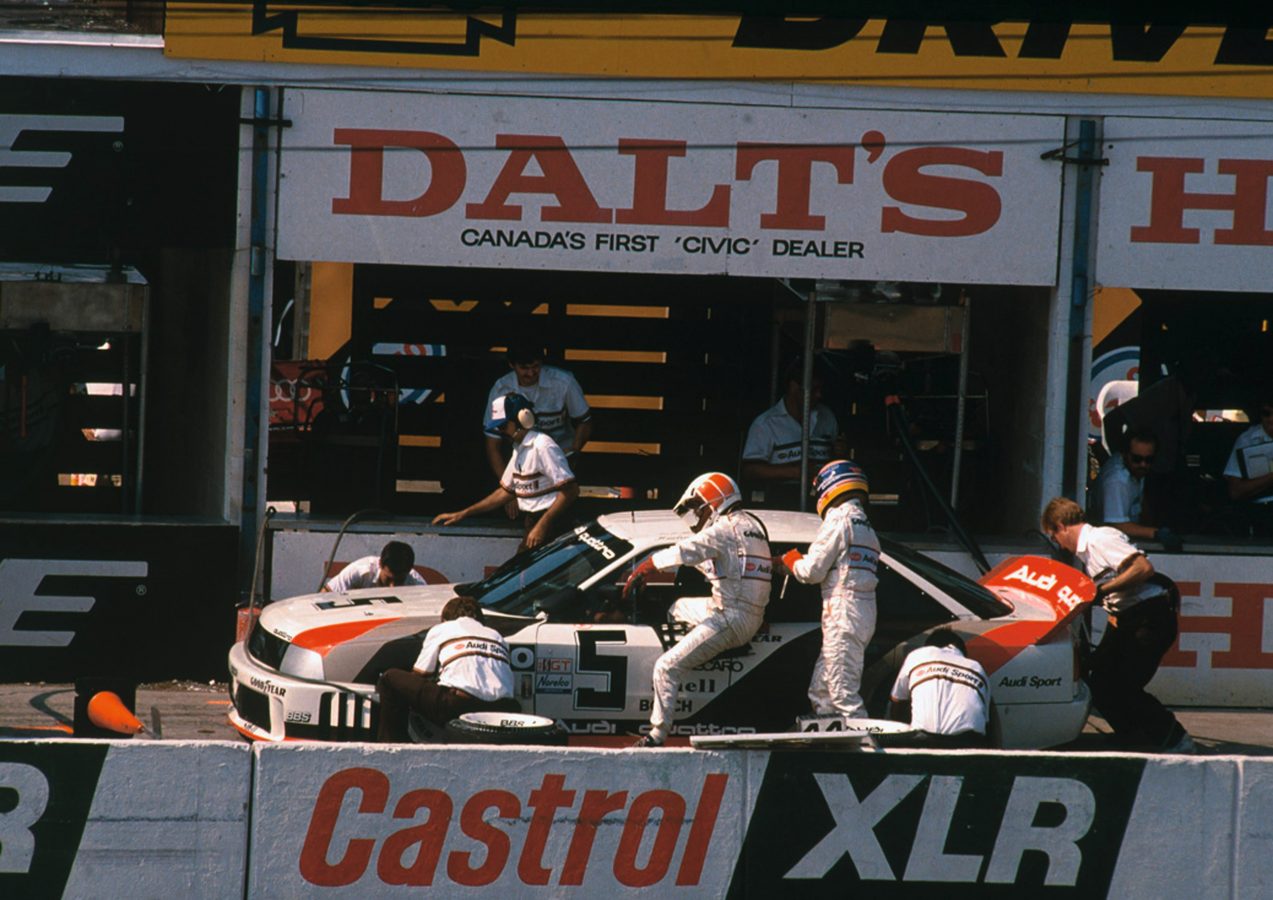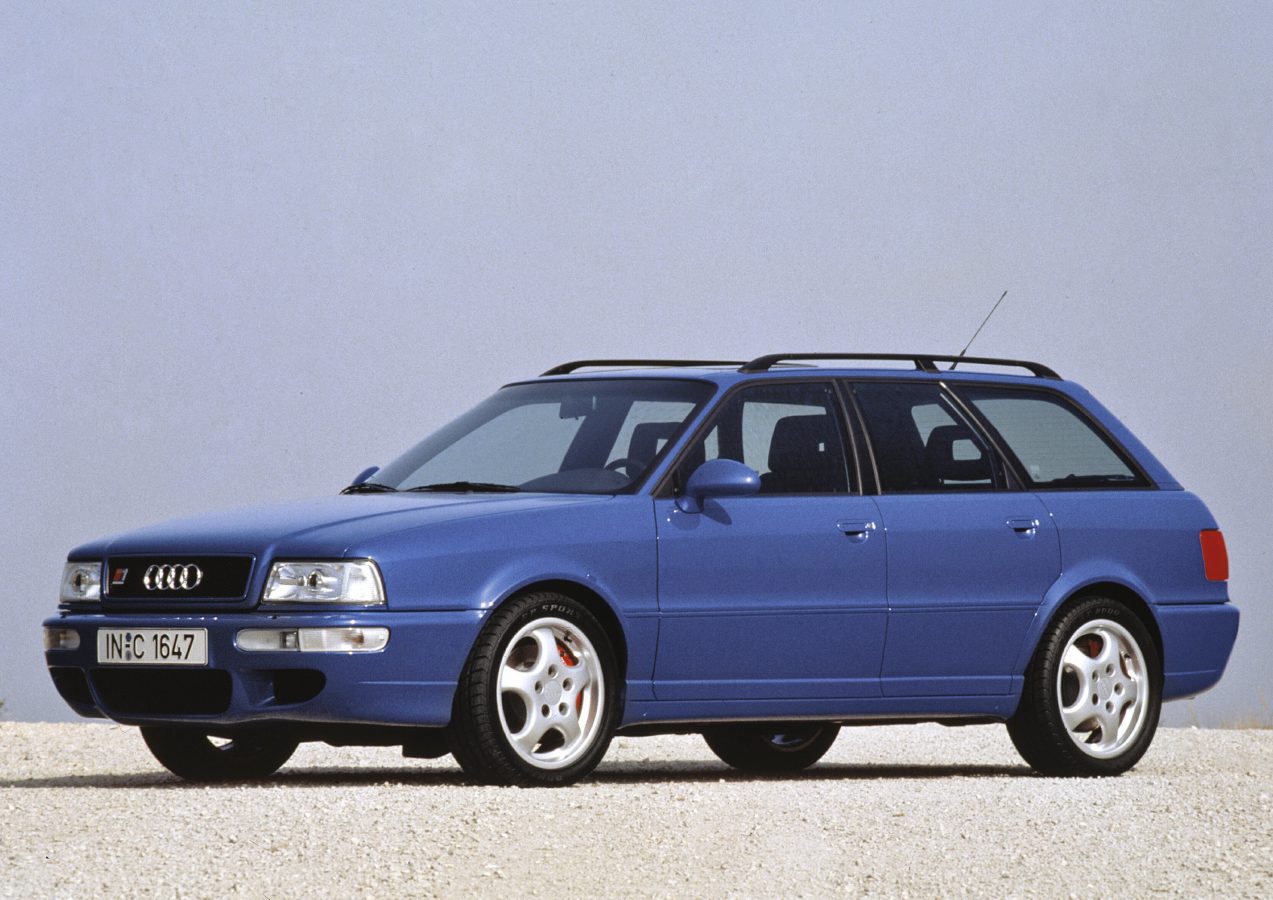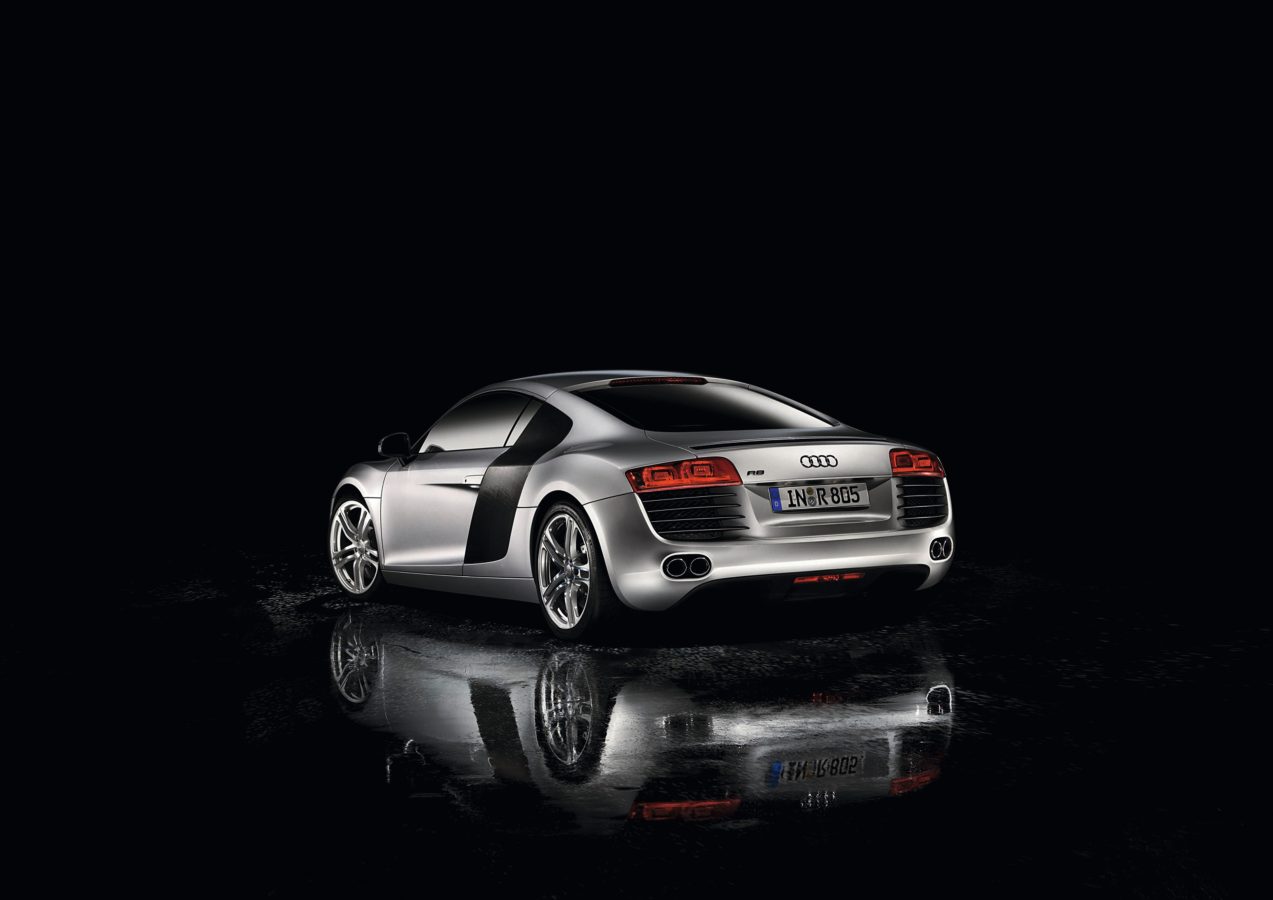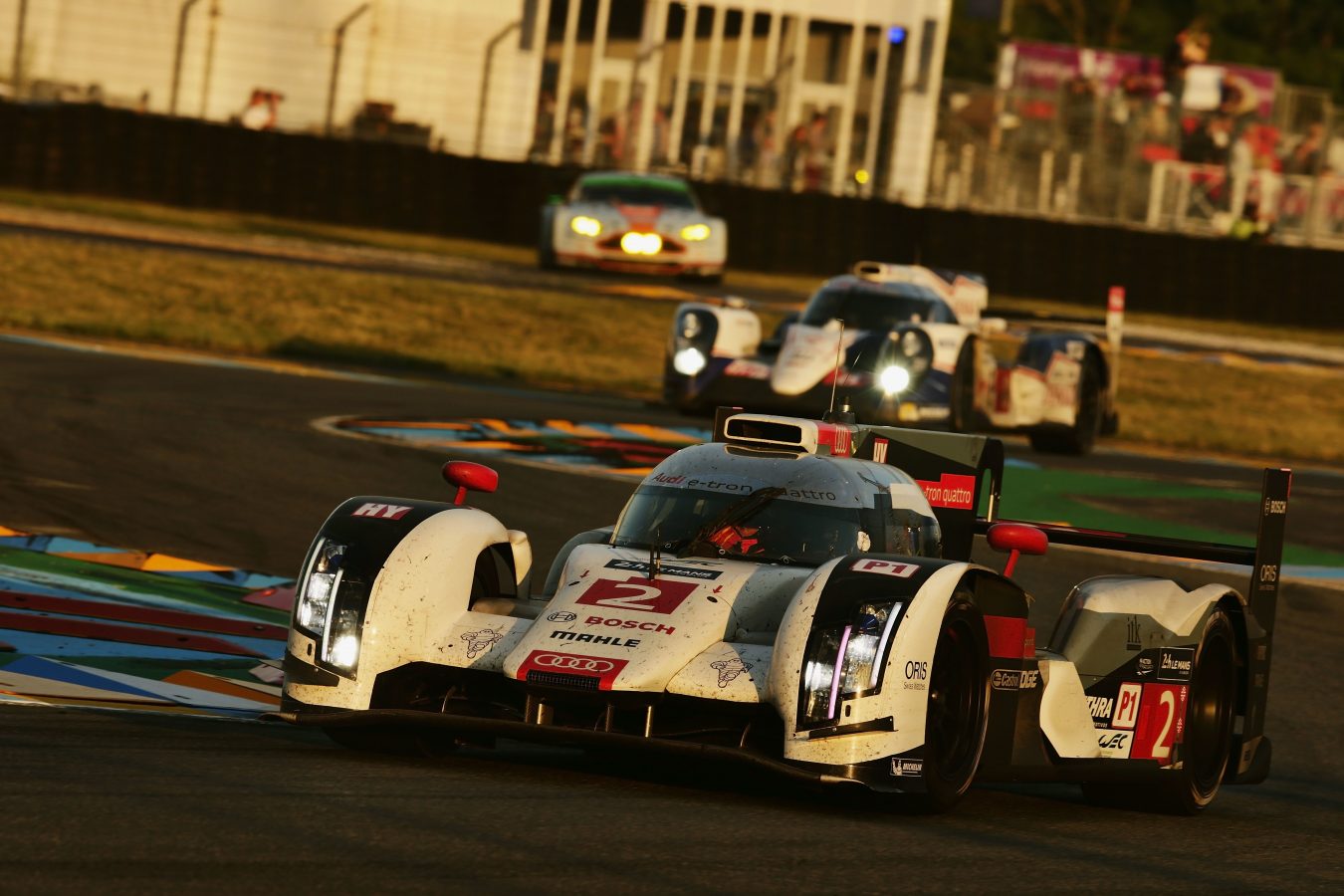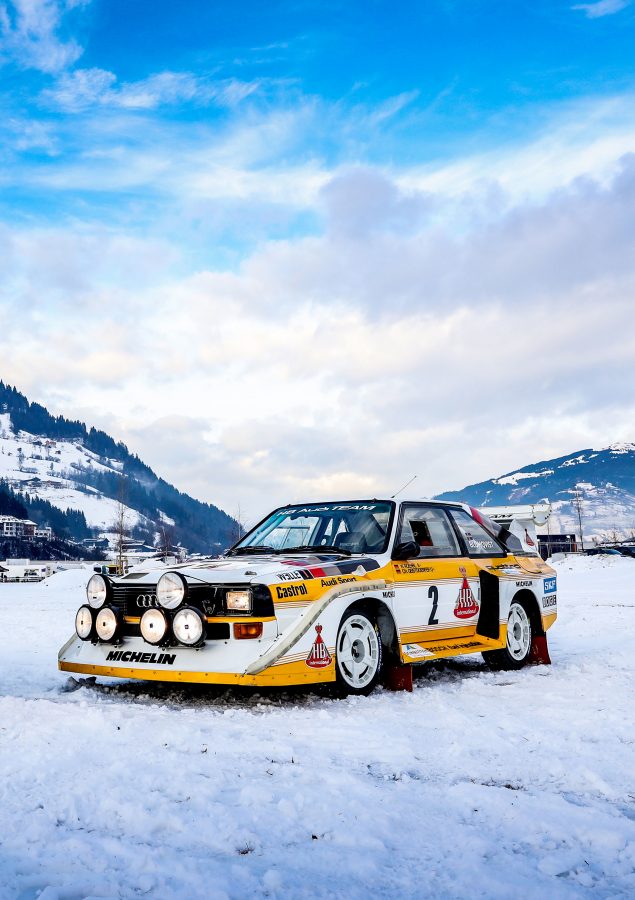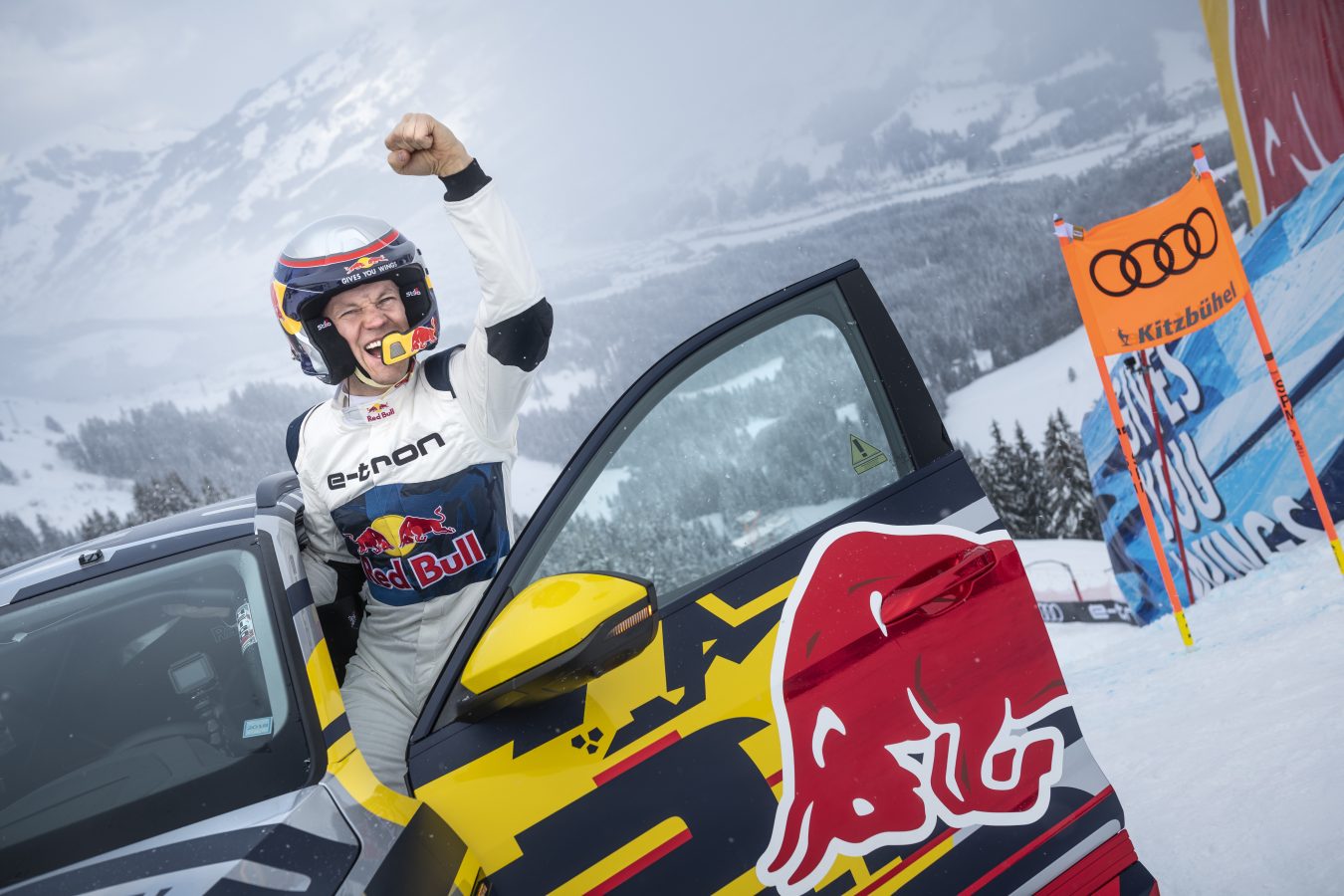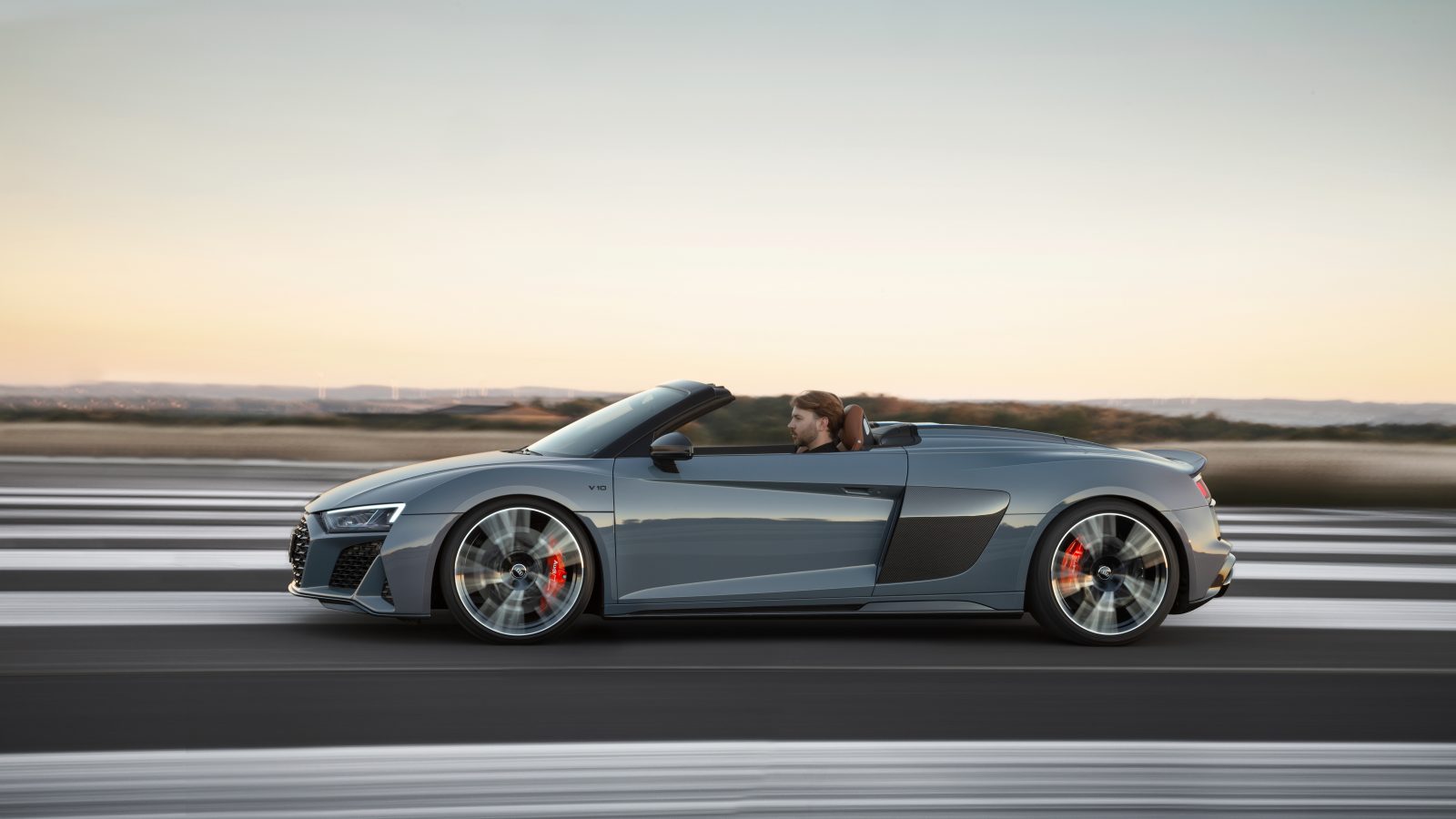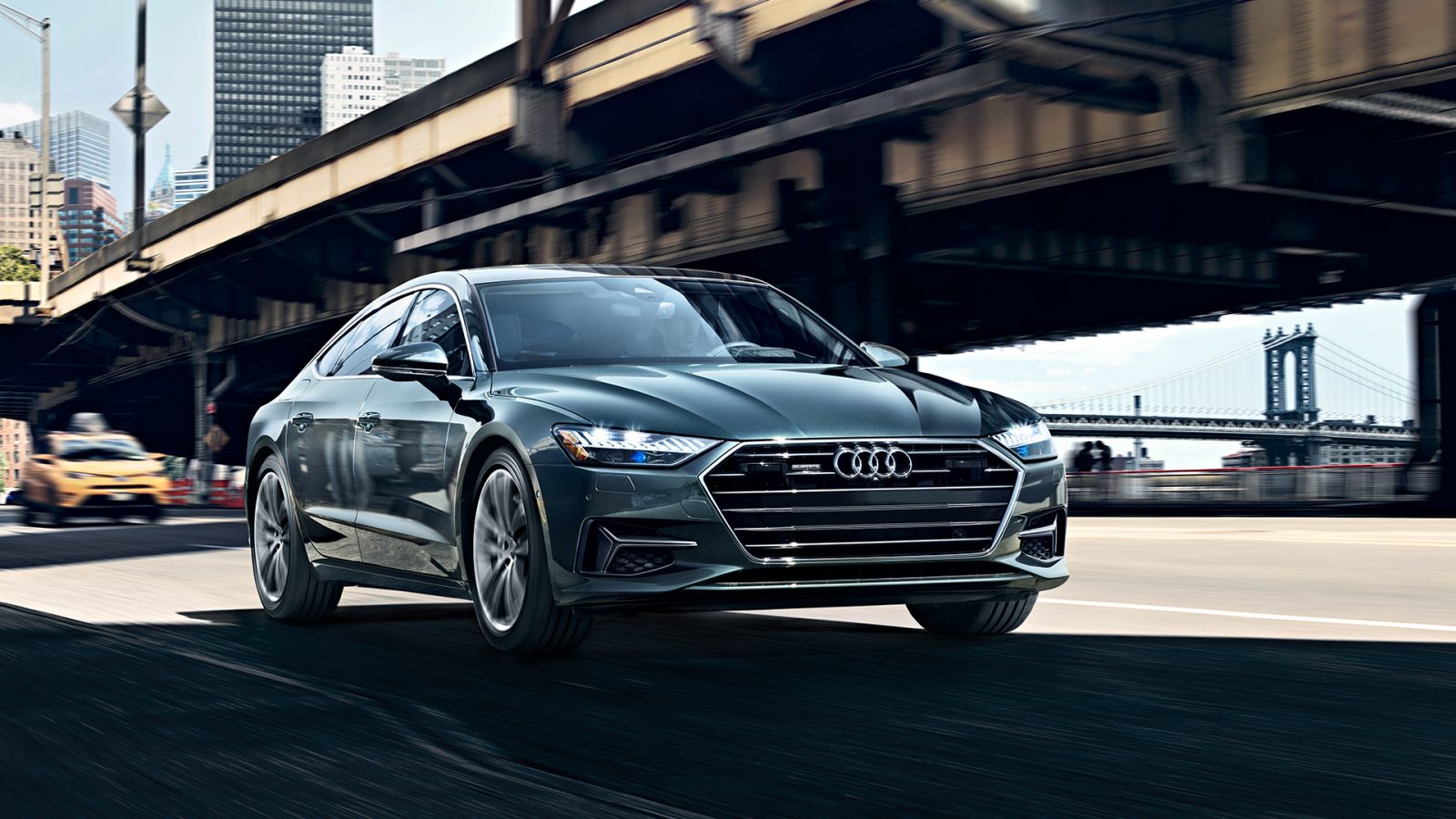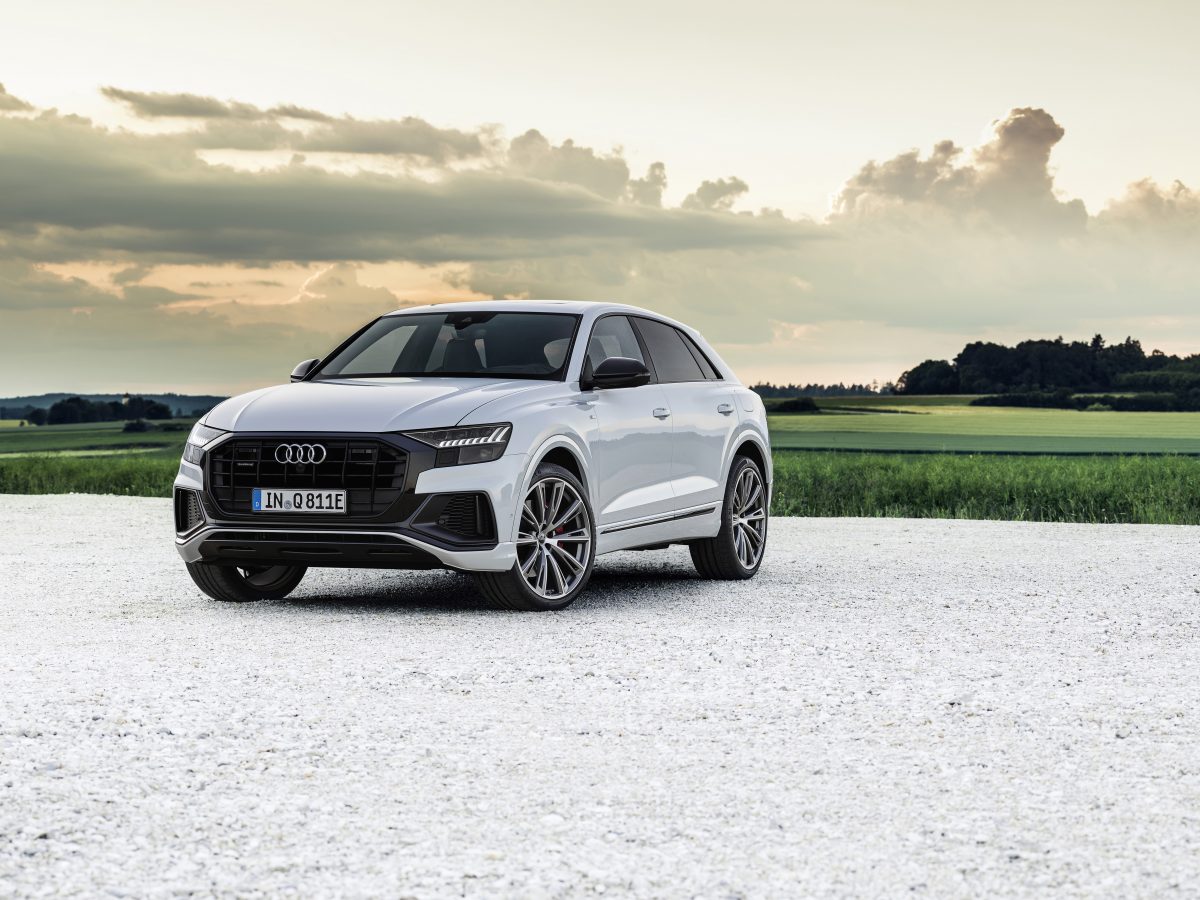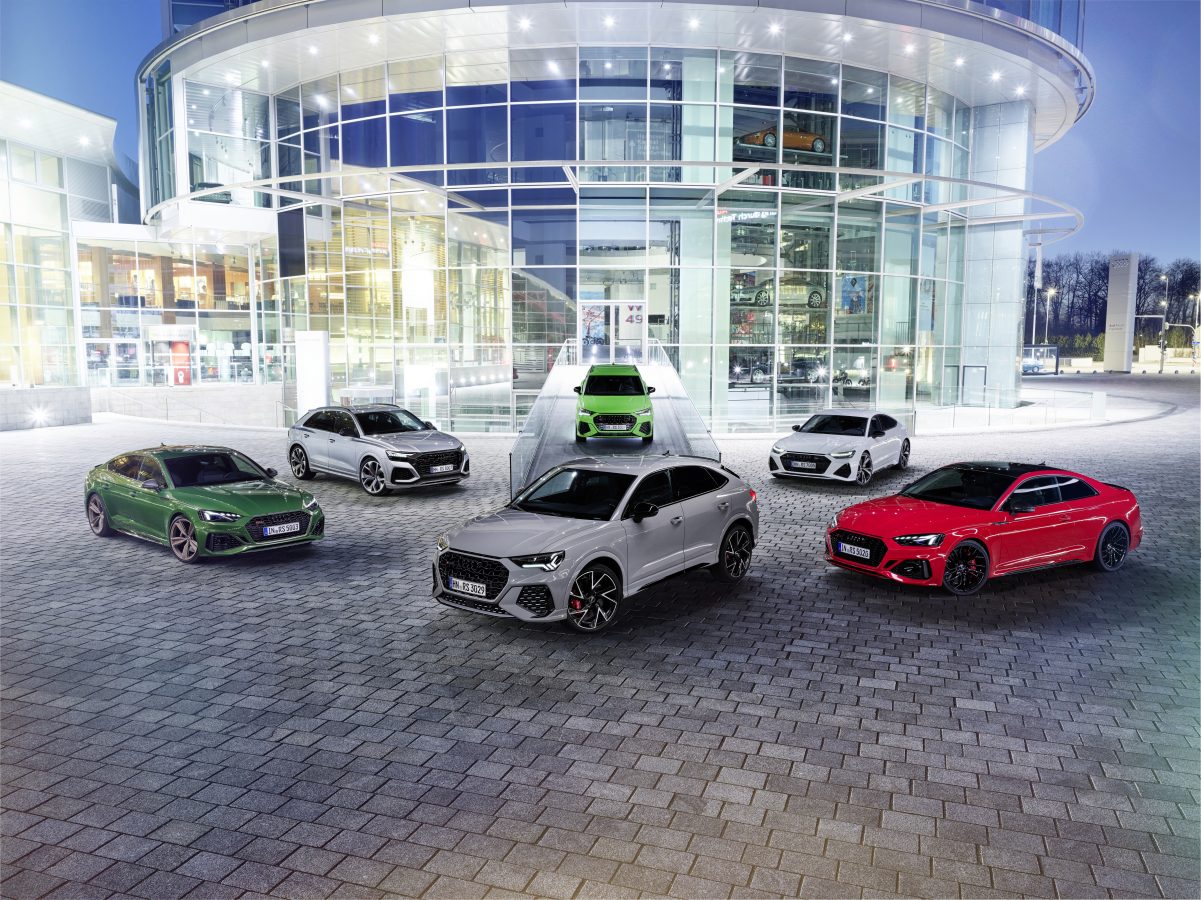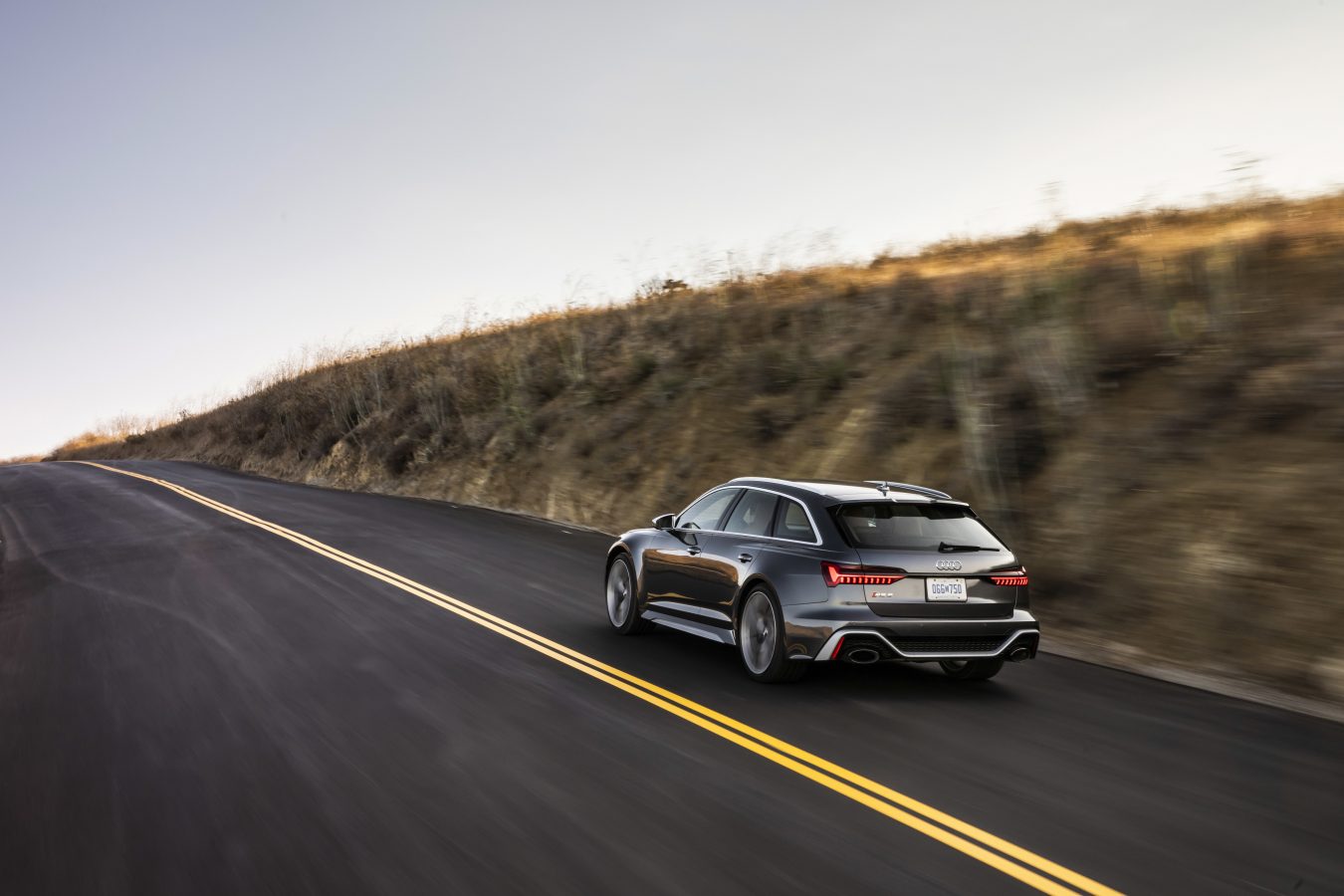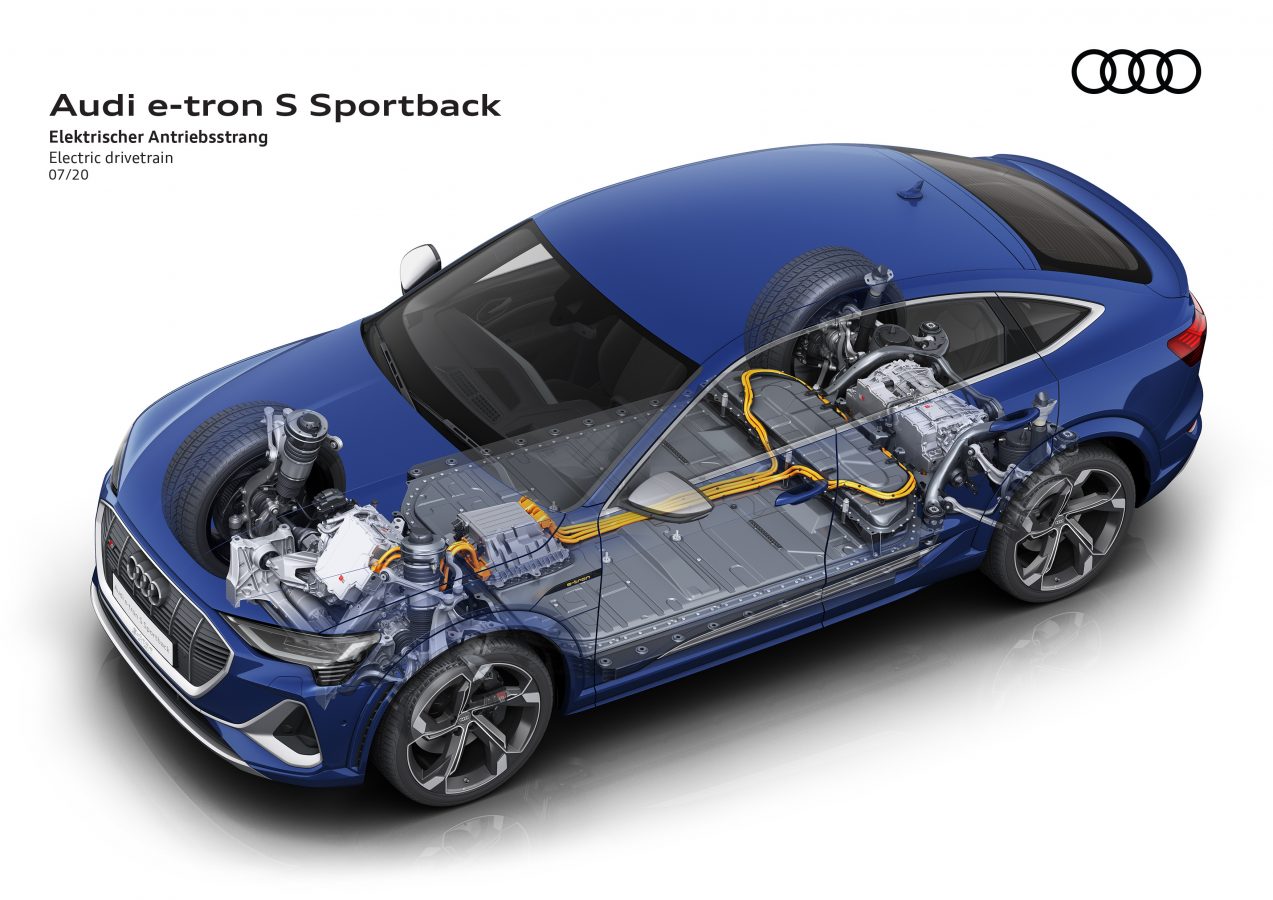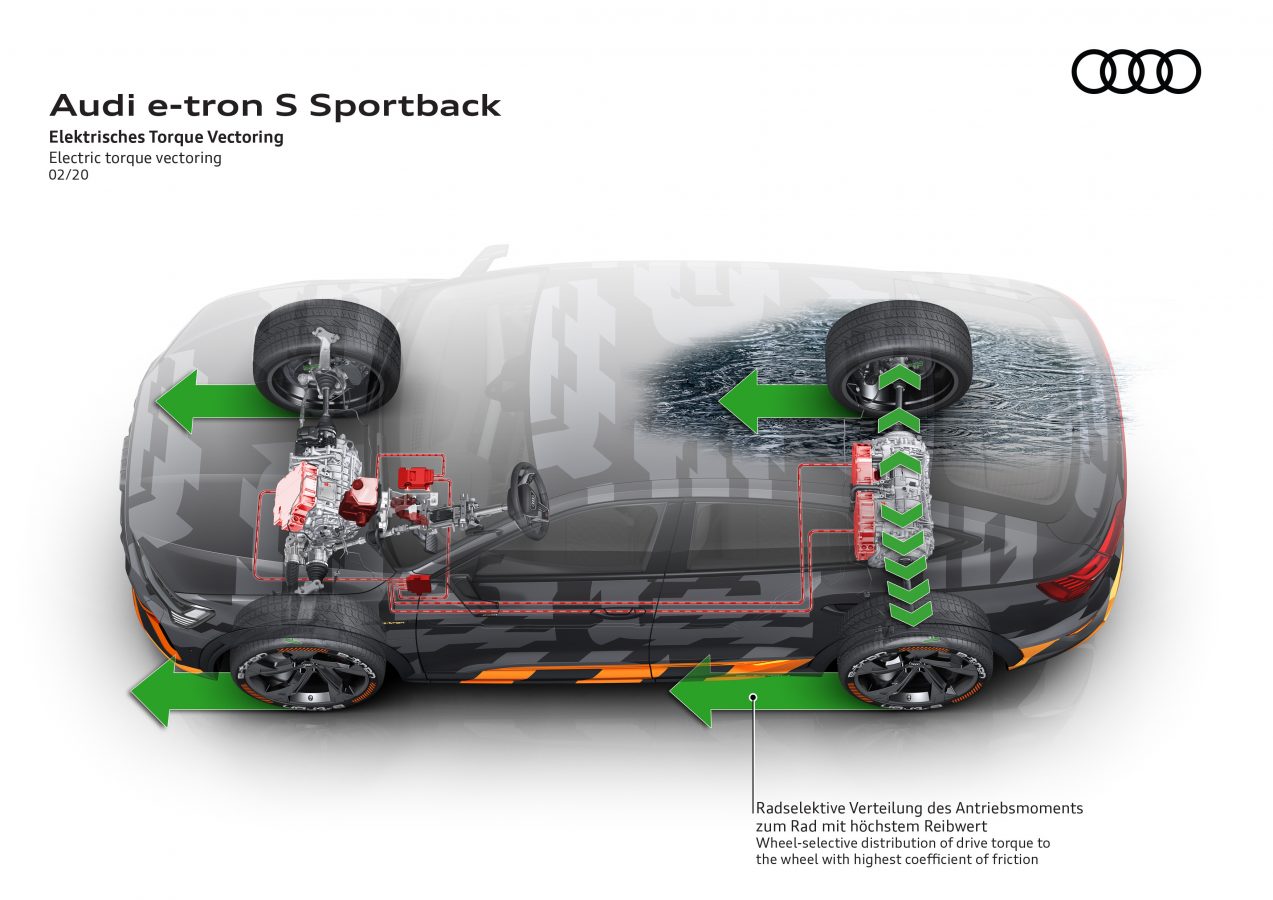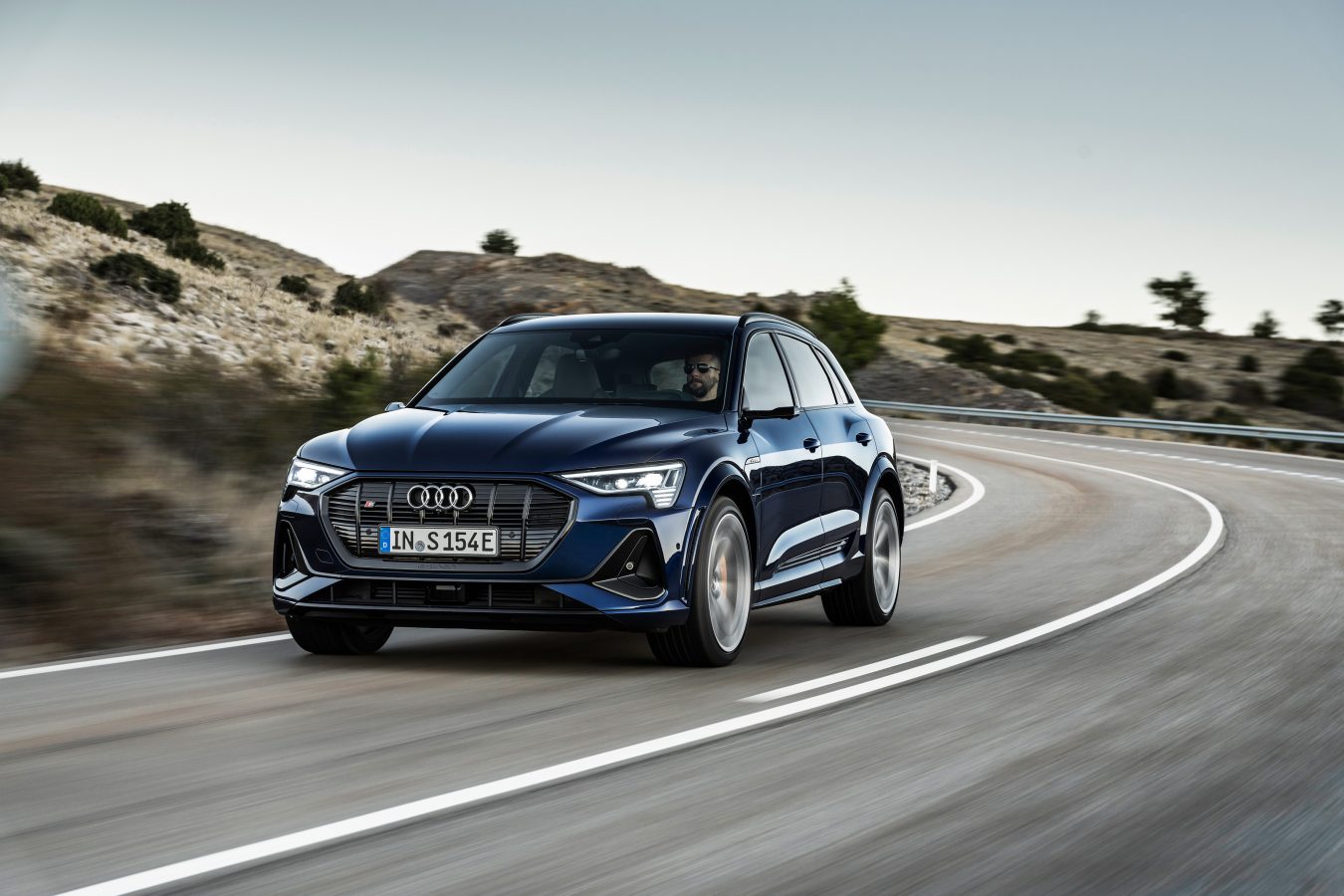Time-Warp: 40 Years of Audi Quattro in Photos
Like any great invention or discovery, there were sceptics who considered it sacrilegious in the beginning. Such was the case with the Audi quattro. Today, with the benefit of four decades of hindsight, it’s clear that the German carmaker was simply ahead of the curve with its all-wheel drive technology. The company is marking the 40th anniversary of its groundbreaking quattro (not “Quattro”) this year.
It began as a project to win glory for Audi in motorsport competition. When the powers that be allowed four-wheel drive cars – which nobody thought would be fast or durable – to compete in the highest level of rally-racing competition, Audi went all in. Until then, AWD was largely a technology for trucks, but Audi saw that quattro had potential not just for competition sports cars, but also for luxury sedans and all sorts of daily-driven cars. (And for that, Canada thanks you, Audi.)
The company quickly built something like Frankenstein’s monster: the chassis of the Audi 80, a modified all-wheel drive system from the strange VW Iltis that won the Dakar, and a square-edged couple body with boxy wheel-arch extensions. That coupe was known simply as the Audi quattro. Unbelievably, the first prototype was developed by a 12 man team in just six months. The Audi quattro went on to decimate its rally-racing rivals, and claim victory at the Pikes Peak International Hill Climb and that was just the beginning. Quattro technology has helped Audi dominate the legendary Le Mans 24 Hour, winning 13 times since the turn of the millennium.
On the road, Audi’s rivals have only recently come to the realization that every sort of car and SUV can – in real-world driving – benefit from the added traction and steady handling offered by all-wheel drive. Meanwhile, the German brand has been perfecting its unique quattro system for 40 years, and it shows: More than 11 million quattro vehicles have been sold by Audi over the last four decades.
It’s not all just history though; there’s a new chapter of the quattro story being written now, one fueled by battery-powered dual or triple-motor quattro systems running on pure electricity.
The automaker is rightfully proud of its quattro system, a history which Audi has carefully detailed in this series of facts and photos to mark the 40 anniversary of this breakthrough technology.
Here, a visual history of the past 40 years of Audi’s quattro.
